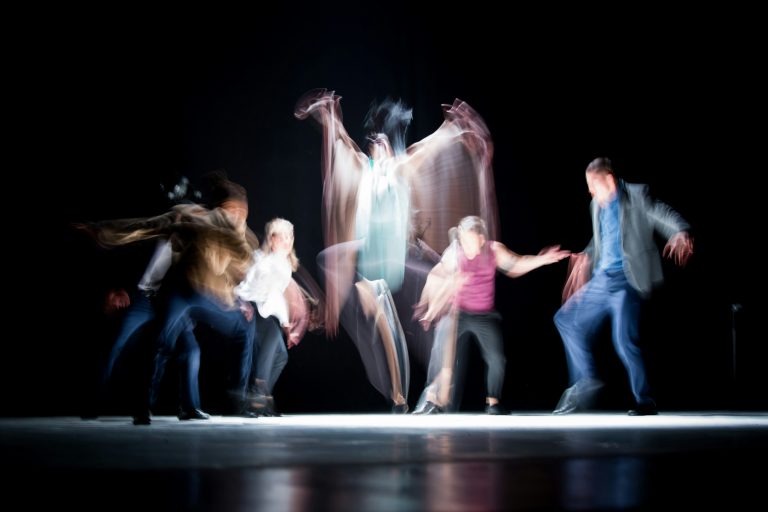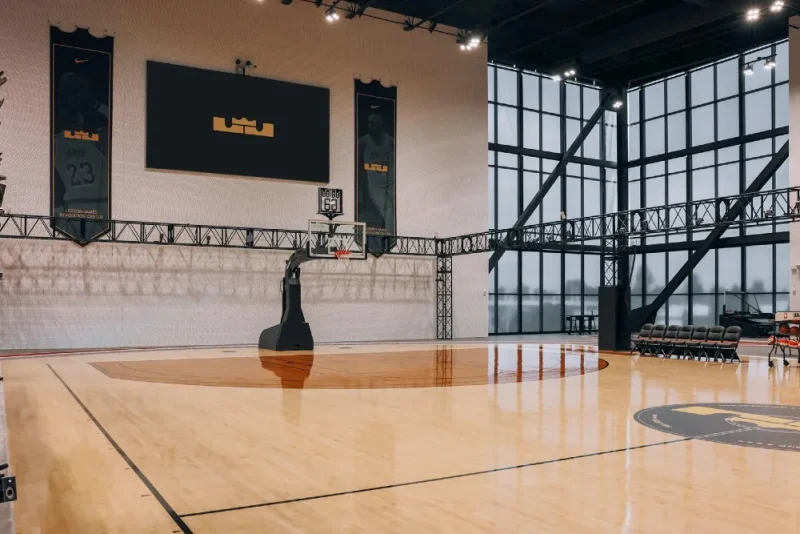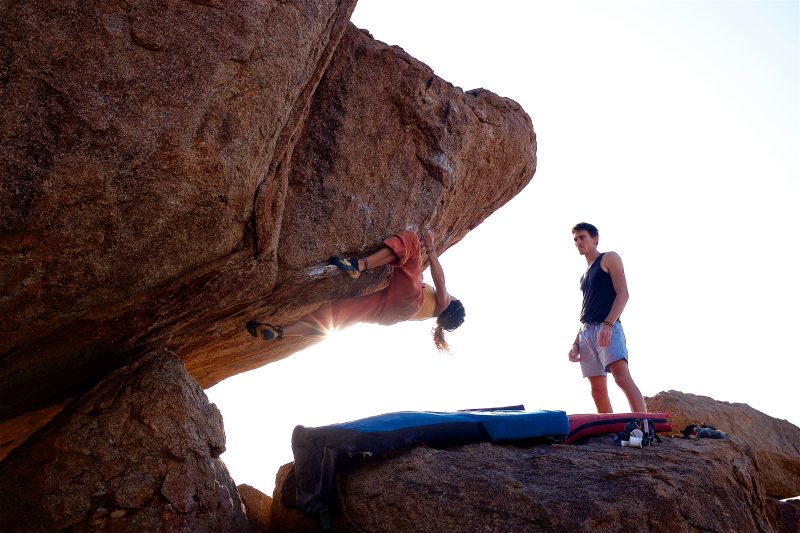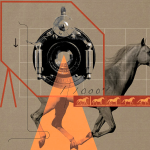THE PROBLEM WITH MOTION CAPTURE
By Ryan McCuistion
Created for Kinetic Reality and 100% optimized with Yoast as of August 2024

FROM STUDIOS TO SPONTANEITY
Motion capture, long established as the thing with the ping pong balls and lycra suits, is entering a new phase — one that is more accessible, impromptu, and more low-key than before. The new term, “Natural Motion Capture” refers to captures done under real-world conditions without the need for expensive cameras, jumpsuits, or studio settings.
So, what is Natural Motion Capture? Cheap. Simple. Versatile. Using discrete sensors that blend into regular clothing, Natural Motion Capture opens the door to authentic real-world data collection, fueling AI innovations. From injury prediction to robotics, AI’s long overdue handshake with motion capture is set to shake up many industries.
RICHES AND REPLICAS

Most motion data today comes from controlled studio environments designed to study and improve the techniques of elite athletes. While the technology is impressive, it’s often tailored to specific, controlled scenarios—golf swings, free throws, and tennis serves alike.
Some companies, like Nike, have endeavored to capture motion in a more holistic way by using an overwhelming assortment of combined technology. The 750,000-square-foot LeBron James Innovation Center features force plates, an environmental chamber, and over 400 motion-capture cameras—all designed to faithfully simulate real-world conditions. Yet, despite even the most advanced setups, the motion being captured remains and will always remain a replication. There exist three key factors that studios will never fully be able to account for when it comes to the breadth of real world motion.
Context
In sports, factors such as the match status, the location, and the quality of the opponent(s) play significant roles in shaping how athletes perform. One study published in the National Institute of Health (PMC) found that professional soccer players in Spain exhibited different movement and energy-use patterns during matches compared to their training sessions, implying that training ought to compensate for the ways athletes get move during real games.
Environment
 Many sports require certain environmental conditions that can be difficult to recreate in controlled environments or even capture at all. Skiing, snowboarding, rock climbing, mountain biking, hockey, and track and field sports, for example, all require large open spaces, each necessitating unique interactions with terrain or obstacles.
Many sports require certain environmental conditions that can be difficult to recreate in controlled environments or even capture at all. Skiing, snowboarding, rock climbing, mountain biking, hockey, and track and field sports, for example, all require large open spaces, each necessitating unique interactions with terrain or obstacles.
Psychology
In sports, there exists a tolerable amount of stress that can enhance performance through adrenaline release. However, too much stress releases cortisol, impairing decision-making, raising blood pressure, and disrupting heart rate regulation. Tennis player Naomi Osaka highlighted the impact of stress to the masses during her 2021 French Open withdrawal, citing the overwhelming stress and anxiety from the pressures of professional tennis and media scrutiny.
Training environments are typically controlled, allowing athletes to refine their skills with precision. Understanding real-world pressures and how they influence athletes is crucial, and evolving technologies are helping to provide insights into performance across diverse settings. Natural Motion Capture offers a transformative view into how various off-field activities influence athletic outcomes. It allows for the discreet capture of data to reveal how time spent with friends and family vs. media interviews impacts the biomechanics of a tennis serve.
FROM IMITATION TO TRUE MOTION
Training for sports takes place in controlled environments, but real competition happens in the unpredictable, uncontrolled world. By collecting data in natural settings, Natural Mocap offers insights unachievable under controlled environments. The result? Personalized training that adapts to real-world challenges, helping athletes prepare for the unexpected. This approach not only boosts performance but also reduces injury risks.
At MetaSense, we are excited by the ways in which data can impact that way we move. We’re on a journey to democratize motion capture using the lightest and smallest motion trackers in the world. Whenever we integrate our wireless sensors into everyday clothing, we envision a future where everyday people can move their bodies freely and benefit from advanced data analytics without looking like cyborg.
As we continue to develop and refine our technology, the potential applications are limitless. From enhancing sports performance and preventing injuries to improving workplace safety and creating immersive XR experiences, the future of natural motion capture and smart clothing is bright. Support MetaSense on Kickstarter and join us as we head into the era of Natural Motion Capture.
